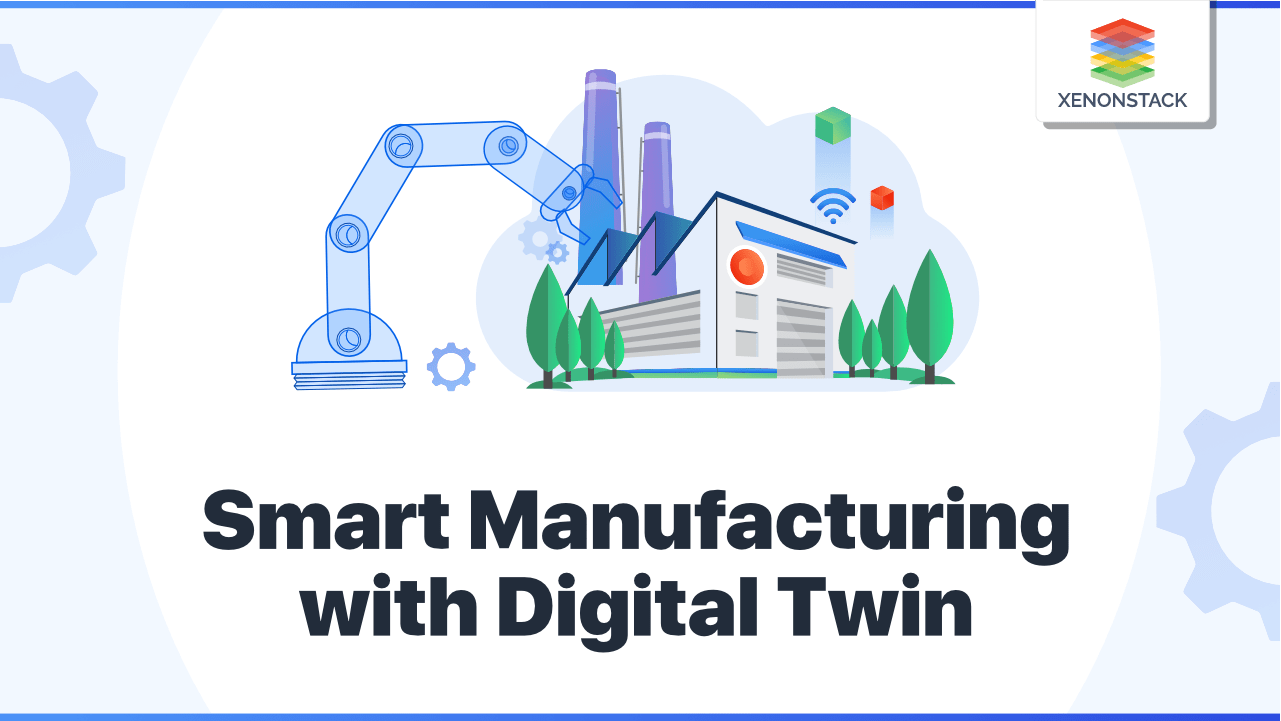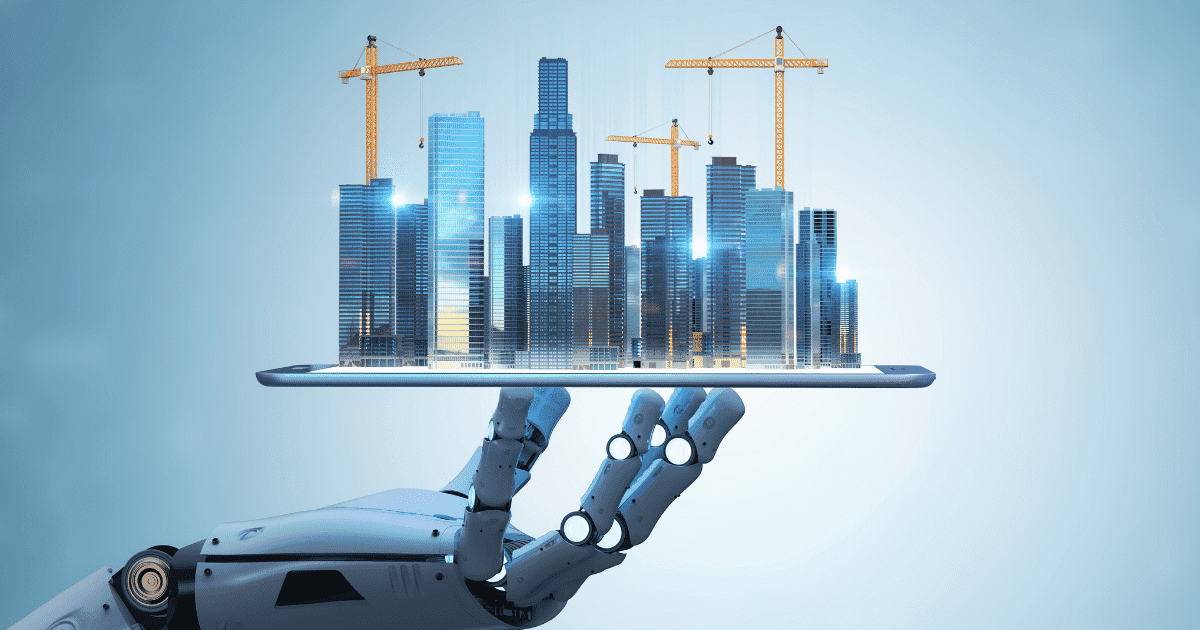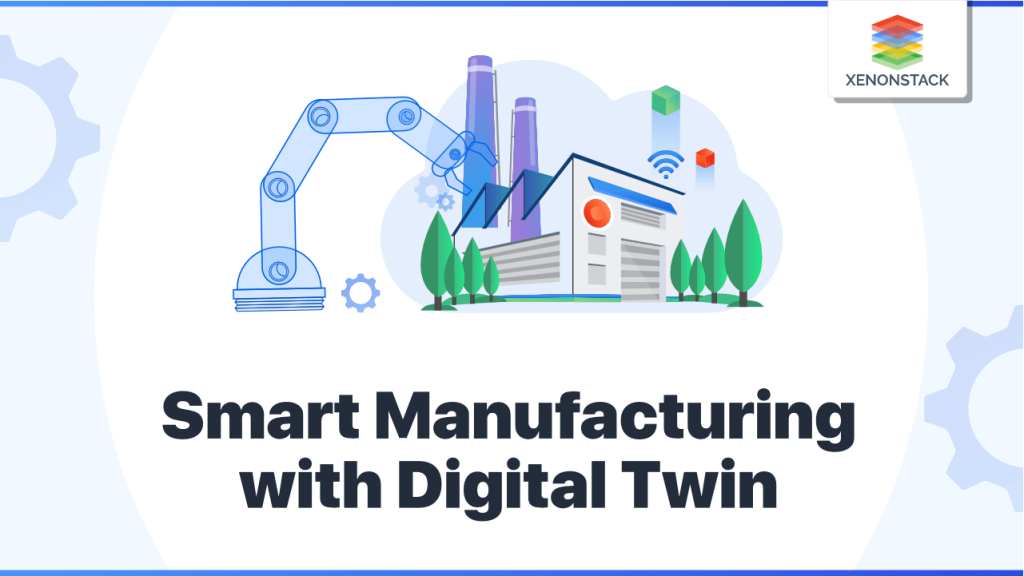Unlocking the Full Potential of Industry 4.0: The Role of Digital Twins

The term "Digital Twins" is increasingly being used to describe a fundamental aspect of Industry 4.0 – the integration of cyber-physical systems, IoT, and data analytics to simulate and optimize physical processes. As companies continue to embark on their digital transformation journeys, understanding the power of Digital Twins is essential to maximizing efficiency, productivity, and innovation.
What is a Digital Twin?
A Digital Twin is a virtual replica of a physical entity, such as a product, machine, or even a building. It is a digital representation that mirrors its real-world counterpart in unprecedented detail, allowing for real-time monitoring, analysis, and optimization of performance. By creating a digital equivalent of physical assets, companies can explore and simulate various scenarios without incurring the risks and costs associated with physical experimentation.
The concept of Digital Twins has gained significant attention in recent years. Industry analysts predict that the Digital Twin market will grow exponentially, reaching $28.7 billion by 2028, with widespread adoption anticipated across various sectors, including:
- Industrial automation
- Aerospace and defense
- Energy and utilities
- Transportation and logistics
Key Characteristics of Digital Twins
For companies looking to leverage the power of Digital Twins, there are several key characteristics to keep in mind:
- Real-time data feeds: The ability to collect and analyze real-time data from physical systems is essential for creating accurate and actionable Digital Twins.
- Deep digital modeling capabilities: The Digital Twin should be able to model complex systems and simulate various scenarios to predict performance and optimize operations.
- Dynamic visualization: A Digital Twin should provide an interactive and immersive experience, allowing users to understand complex systems in a more intuitive and engaging way.
- Integration with AI and machine learning: Digital Twins can leverage AI and machine learning algorithms to analyze vast amounts of data and identify patterns and trends that would be impossible to detect manually.
- Platform-agnostic architecture: Digital Twins should be designed to operate on multiple platforms, ensuring flexibility and adaptability in a rapidly evolving technological landscape.
Benefits of Implementing Digital Twins

By embracing Digital Twins, companies can unlock a range of benefits, including:
- Improved asset performance: Predictive maintenance and optimized operations can significantly extend the lifespan of physical assets and reduce downtime.
- Enhanced decision-making: Digital Twins provide a data-driven foundation for informed decision-making, allowing companies to respond to changing circumstances in real-time.
- Increased agility: The ability to simulate and test various scenarios in a virtual environment enables companies to experiment with new ideas and strategies without risk or cost.
- Lower costs: Digital Twins can help reduce energy consumption, lower emissions, and minimize the environmental impact of operations.
- Better collaboration: Integrated Digital Twins facilitate stakeholder collaboration, ensuring that all parties have a unified understanding of complex systems and operations.
Industrial Applications of Digital Twins
Digital Twins are being used in numerous industrial settings, with notable examples including:
- Predictive maintenance: Digital Twins in the aerospace industry have enabled companies to predict and prevent equipment failures, reducing maintenance costs and improving safety.
- Smart manufacturing: Digital Twins in the automotive industry have enabled the creation of virtual production lines, allowing companies to optimize production workflows and improve overall efficiency.
- Energy efficiency: Digital Twins in the energy sector have enabled companies to monitor and optimize energy consumption in real-time, reducing energy waste and lowering emissions.
Implementing Digital Twins: Best Practices and Considerations
To maximize the benefits of Digital Twins, companies should follow these best practices and considerations:
- Clear business objectives: Establish clear business objectives and define the role of Digital Twins within the organization.
- Strong stakeholder engagement: Engage stakeholders throughout the implementation process to ensure alignment and buy-in.
- Data governance: Establish robust data governance policies to ensure data quality, security, and compliance.
- Technical expertise: Build in-house technical expertise or partner with external experts to ensure Digital Twin implementation and maintenance.
- Continuous monitoring: Regularly monitor and evaluate the performance of Digital Twins to identify areas for improvement.
Conclusion
Digital Twins have the potential to revolutionize industries and transform business operations. By understanding the power of Digital Twins and implementing them effectively, companies can unlock significant value, drive innovation, and stay ahead in the rapidly evolving Industry 4.0 landscape.
Call to Action: Share This Article
Don’t miss out on this opportunity to stay ahead of the curve! Share this article with your network to spread the word about the transformative potential of Digital Twins and stay updated on the latest developments in Industry 4.0. Like and follow us on social media to stay informed about the latest advancements in digital transformation and digital twins.


